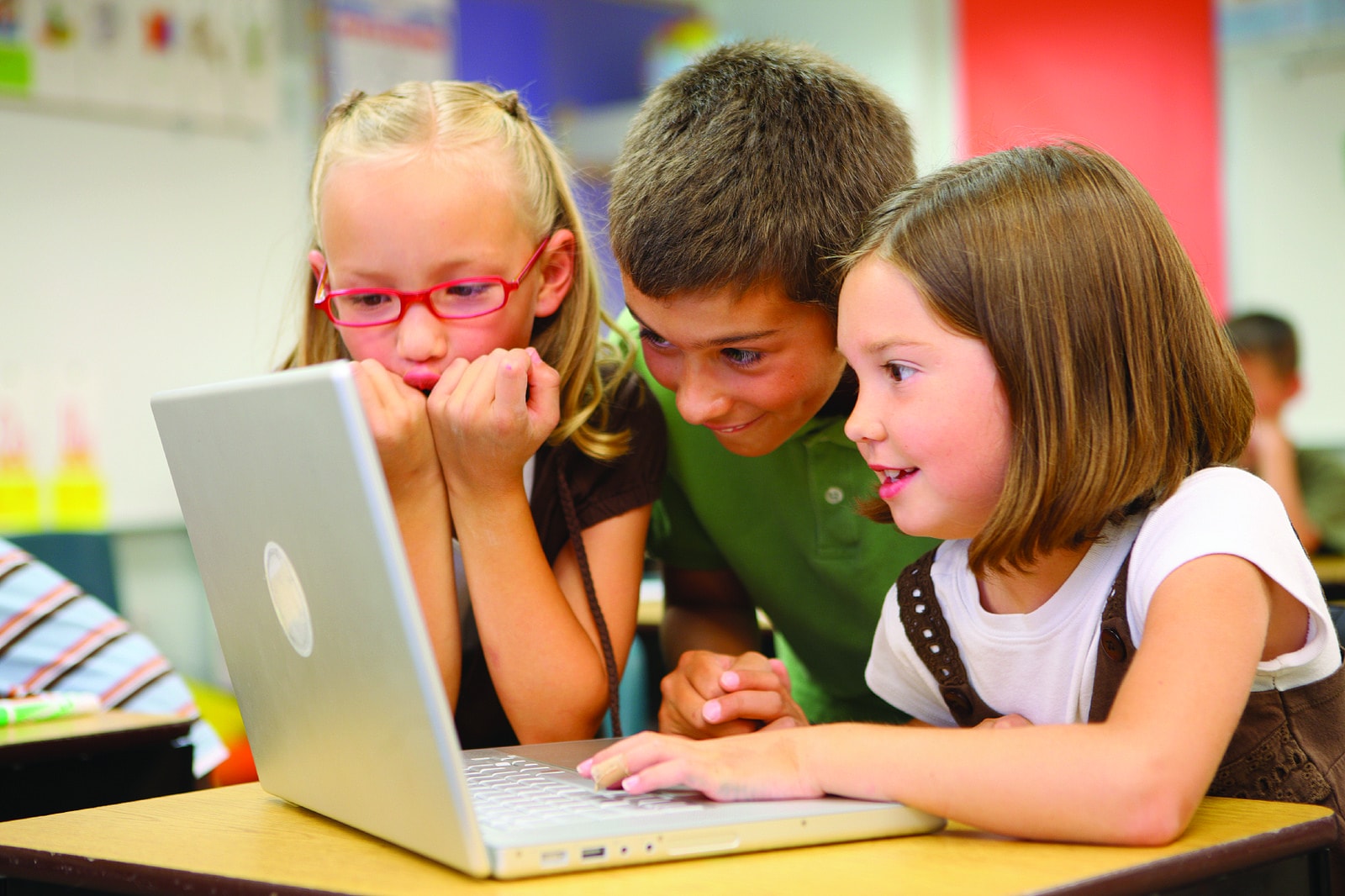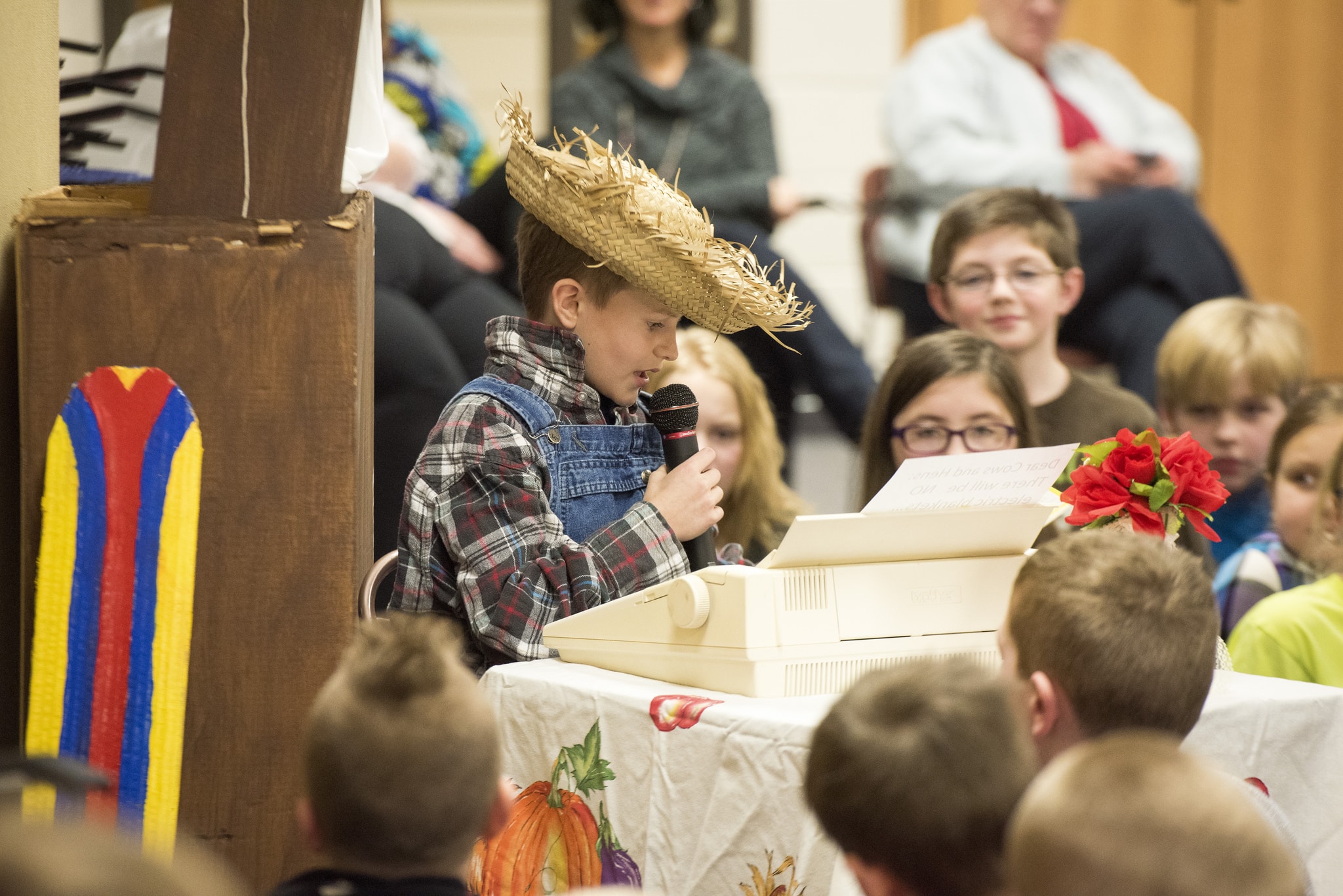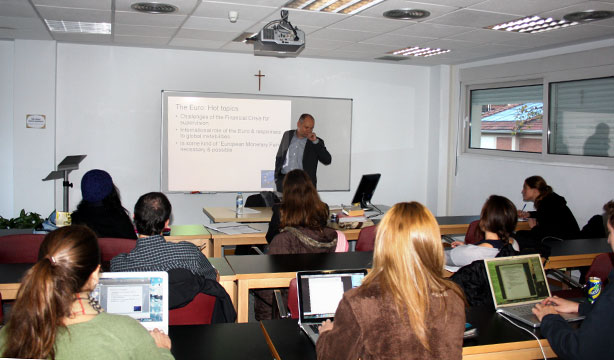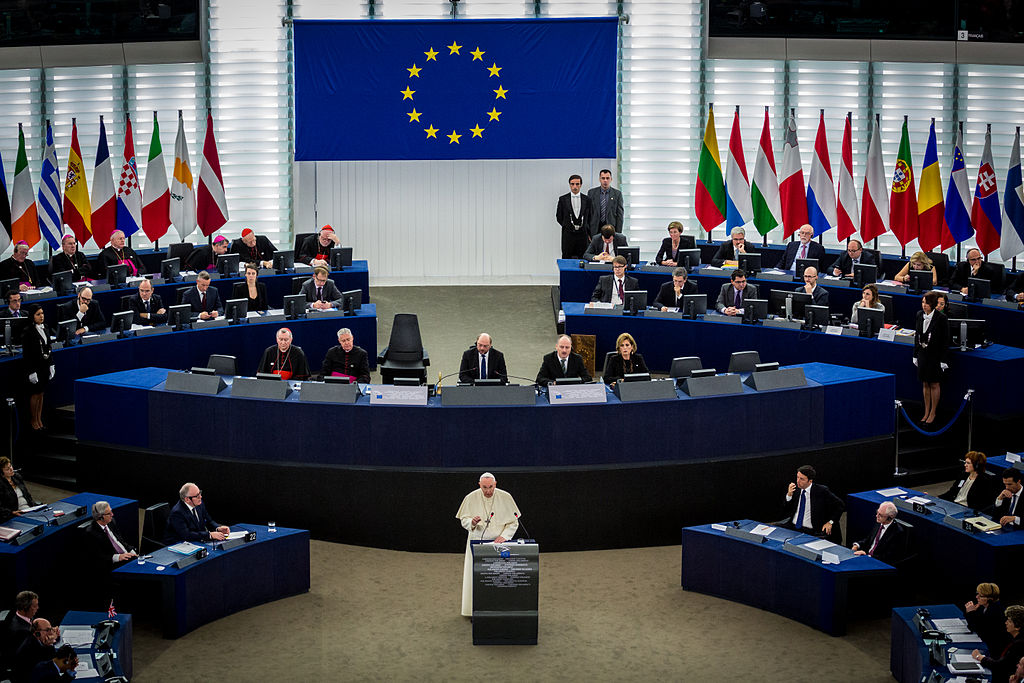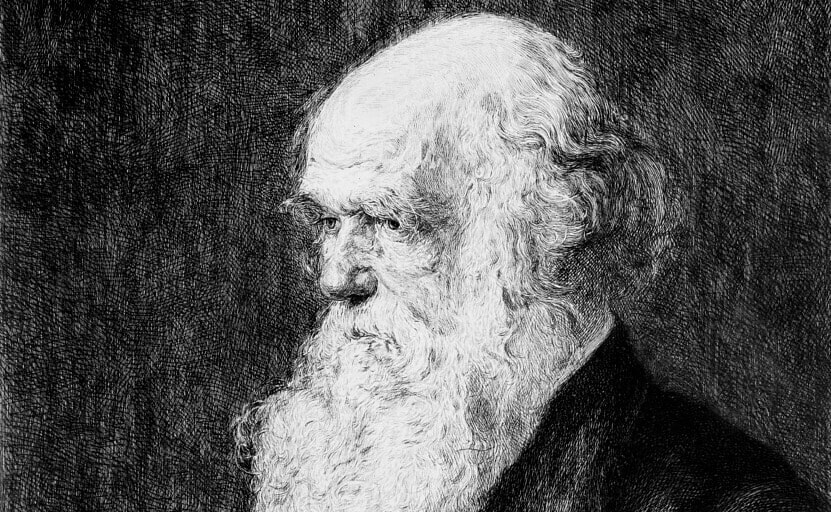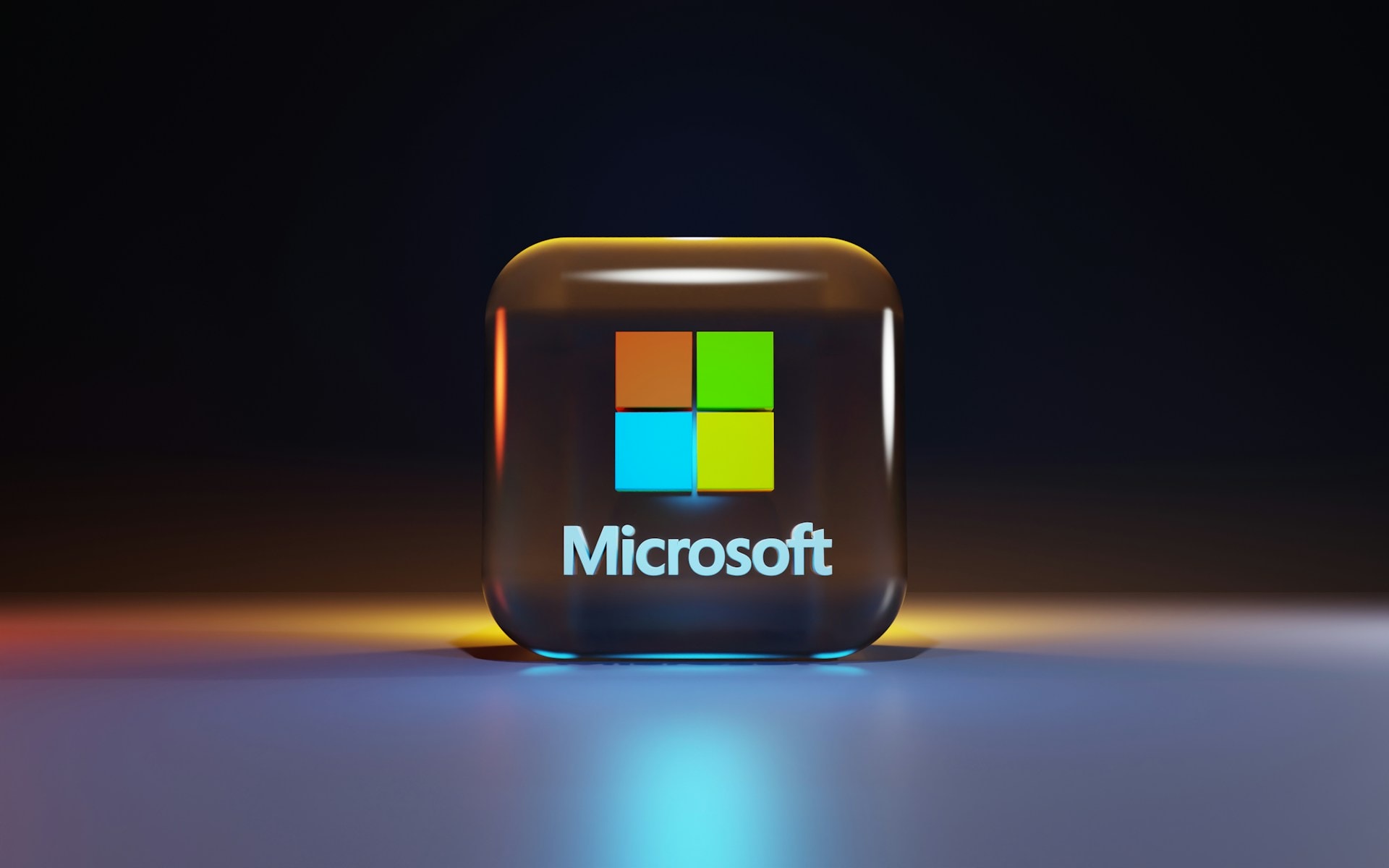Humans are naturally curious. Throughout time, we have wanted to understand the world we live in and have used various methods to do so. Science has proven to be the best way. Through scientific approaches and critical thinking, humans have explored and learned what things are made of, how they work, and what they do. Technology has applied that knowledge to create “things” that make our life better in all areas: work (software and computing), home (appliances), personal (mobile devices, games and entertainment technologies).
Technology is everywhere.
What if we no longer had scientists and technologists because there was no interest? Worse, what if we lost our curiosity and creativity because we discouraged those qualities in our children? What if critical thinking disappeared?
In some ways, we are on that path now. According to a recent study, children start to lose interest in science in kindergarten and it impacts the rest of their lives:
The researchers found that kindergarteners’ general knowledge about the world was the strongest predictor of their knowledge in first grade, and in turn their science achievement in third grade. Of the kids who had low levels of general knowledge in kindergarten, 62 percent were struggling in science by the time they reached third grade. By eighth grade, 54 percent were still struggling.
–Lydia Lum, The Consequences of Poor Science Education in Kindergarten, The Atlantic
To clarify, science isn’t just about knowledge; science provides a way to understand the world and encourage curiosity in our children. How will children understand the world they are living in if there is limited opportunity to understand the discovery framework that science and critical thinking provide?
Education today
According to instructors that teach Cognitive & Information Sciences – UC Merced, our existing educational system leverages approaches like memorization, reading comprehension, and standardized tests where students choose a “best” answer. There is also a focus on students being busy with activities, like worksheets, that educate through busywork and repetition. These approaches encourage students to respond to questions with answers that were defined as “correct;” not necessarily discover knowledge on their own.
Further, schools have traditionally followed a hierarchical environment: the teacher is the expert, and the student is the novice. In those environments, education is less of a guided, personal discovery process and more a process where the teacher tells the student what the end discovery should be.
The combination of these approaches squashes curiosity and promotes an idea that there are correct “truths.”
Photo Credit: Flickr/Lucélia Ribeiro
Daily technology developments and scientific discoveries as well as updated historic timelines with new archaeological discoveries prove that our knowledge is fluid, that there are no absolutes, and that the facts we use to define “truth” can change – daily.
Some examples of facts shifting due to discoveries in the past 10 years are:
- Pluto now has up to 5 moons when it previously was a lone planet, then not a planet, then a planet again;
- There is a new Asteroid companion to the Earth – previously we only had a single moon;
- Gobekli Tepe predates Stonehenge and disrupts the conventional timeline of civilizations;
- Genetic memory, or complex abilities and actual sophisticated knowledge inherited along with other more typical and commonly accepted physical and behavioral characteristics, does exist.
What we consider to be facts can change with each discovery, making learning an ongoing and individualized process through adulthood. There is always something new to know and expands one’s understanding of the world.
Because of these shifts, it’s no longer good enough to read an article in the paper and understand what it says. Now we need to be able to read an article in the paper, have an opinion on it, form questions about it, and research additional articles to confirm if what you are reading is indeed true or if knowledge has changed.
Related article: “WHEN INNOVATION AND EDUCATION INTERSECT: THE STORY OF EDMODO”
And for current events and politics, if you think what’s being reported in the news is inaccurate, you can record your version of the news yourself and let others view it. There is little need to rely on 3rd party accounts of stories today; it’s just as easy to share your experiences directly through live video.
Videos have led the revolution for people to rarely read anymore. Media is more interactive today than ever before with movies, games, social media, and other entertainment. There is more typing and voice technologies available, requiring less reason for people to write by hand (why teaching cursive is a controversial topic).
Sadly, letter writing is a dying art, and not just because of email and texting. In an instant, you can connect to someone in a country across the globe using video, talk to them live and “in person,” for free or little cost. Why write a letter that will take someone two weeks to receive, when you can connect with that person right now for free?
Experiences are shared immediately without a middle-man interpreting them for us.
Our work has changed. Factory work is declining, while the number of knowledge workers is increasing. Peter Drucker predicted this long ago along with a new management structure to support it. Hierarchies don’t work with knowledge workers; you need to have a symphony conductor model, where there is a leader of experts who all collaborate and contribute differently, yet equally to a project.
With all this change, one would assume that schools should be teaching more in class to keep pace. It may sound counter-intuitive, but educators should be providing students the tools to be continually learning, adapting and growing on their own. A friend who was a principal in the New York Public Schools told me that in her high school there were students up to 4 years behind their peers. Such gaps will only expand into adult life, and the problem isn’t knowledge. It’s having the tools to understand what’s happening in class and in the world.
One solution is an approach like Common Core, a newer program in the U.S., which teaches critical thinking skills, the cornerstone for scientific thinking. By nature, scientific and critical thinking goes hand-in-hand with curiosity. And curiosity is the key for anyone to understand what’s happening around him.
Photo Credit: Flickr/Catholic Diocese of Saginaw
Education is already shifting to accommodate the new world
I talked to some children in school (K-12) to get their perspectives about education. Two of the children told me that learning from a book was boring, if not old-fashioned. All of the children have classes where education doesn’t happen 100% of the time in a book or classroom; they learn through experiences. Sure, there is still reading, writing and math. But how these children learn about their world is more consistent with how many of us now experience the world through technology and other people.
Project-based learning and field trips help the children understand how what’s taught in the classroom can be applied and experienced in the world. One of the children I spoke to attends a school where each quarter, there are team projects. Each project incorporates math, social studies, language arts, and science. The students get to see how these subjects come together in the real world. In one project, the children had to create an earthquake-proof building. There was a project manager, a treasurer, an architect and a technology director. They worked together to create a marshmallow and spaghetti tower that would withstand an earthquake (they used an earthquake simulator table). They created a model of the building to scale and then the team had to figure out how to build the tower on their own. And of course, they had to test it.
For a full mindmap containing additional related articles and photos, visit #education
Not only was the project collaborative, like modern work environments, but it required the students to be curious and use critical thinking – they answered their own “how” questions rather than be told what the answers should be. They didn’t memorize anything to create the structure. They had to figure out how to build it on their own using what they knew – and learn on their own what they didn’t know.
If we want to engage children in science and technology, we need to get them to interact with the world and each other, similar to project-based learning. From talking to a number of children and parents, it is common for preschools in the U.S. to have science programs focused on learning about nature, where children go outside and explore what’s nearby with the other students. They identify plants, insects, or other creatures. Or they are able to observe how a plant grows from a seed.
Sadly, from the conversations I had, it seems that these activities stop at kindergarten and there is a shift that focuses the student on more independent activities like reading and math. Often the requirements are to learn how to count, say the alphabet, sometimes read, and sometimes do addition. It seems that science, curiosity and discovery is neglected to meet local school standards for language arts and math.
Ironically, kindergarten children are aged 5-6 – the exact time they start to lose interest in science and understanding how the world works.
Photo Credit: Flickr/St. Louis University Madrid Campus
Common Core to the Rescue?
Common Core shifts how we educate our children, and there are a number of benefits to that. Common Core is less of a syllabus that defines what students should learn each year and a more of a guide for what children should know at specific stages of their educational career. It can integrate with new teaching methods to keep students active and engaged, like the project based learning, because it was created to be flexible:
While the standards set grade-specific goals, they do not define how the standards should be taught or which materials should be used to support students. States and districts recognize that there will need to be a range of supports in place to ensure that all students, including those with special needs and English language learners, can master the standards. It is up to the states to define the full range of supports appropriate for these students.
—Common Core Standards – Language Arts
When it comes to Common Core language arts, students will be reading less fiction and Shakespeare, and more non-fiction. Fiction reading and reading comprehension are complementary. Although it’s important, it is a more passive activity than the critical thinking required in Common Core.
In Common Core, students aren’t expected to only read and understand what they are reading, but to be critical thinkers, asking questions about possible data gaps, exhibiting curiosity about how the author reached a specific point, and exploring in greater depth areas of interest on their own.
Students cite specific evidence when offering an oral or written interpretation of a text. They use relevant evidence when supporting their own points in writing and speaking, making their reasoning clear to the reader or listener, and they constructively evaluate others’ use of evidence.
Why the focus on critical thinking?
Critical thinking moves us beyond mere description and into the realms of scientific inference and reasoning. This is what enables discoveries to be made and innovations to be fostered.
Through Common Core, students will learn how to read and understand content as a scientist would. This is huge step in the right direction for students to be part of our scientific and technological world. It also demonstrates how language arts is integrating with other subjects, like science and the social sciences, helping students see the connection between these subjects and consequently, their importance in their lives.
However, with Common Core there is the challenge that science will become something read about, not experienced first-hand, which we know will discourage the students from science. I think we can all agree that the improved critical thinking and curiosity that Common Core offers may be an acceptable trade-off in our ever-changing world that requires those skills.
Why the hate for Common Core?
However, there are a number of criticism of Common Core, especially regarding rigor and the testing. The most controversial aspect of Common core is the math technique.
“New Math” has always been controversial. This method teaches the core concepts underlying addition, subtraction, multiplication, division. And these approaches can be scaled and used with more complicated math problems in the future. Memorization and rote techniques can help children get started in math and have a guide to understand it, but that is the dependency. If you need to rely on memorization and rules, is it easy to do math in your head? Or do you always need paper and a pen?
It may be difficult for most adults to understand how the method works because adults need to break down concepts for themselves that are like reflexes. Children may more easily understand this method because they are starting from scratch, being taught the concepts that guide the solution to the math problems rather than being taught what the correct math answers should be.
The benefit of New Math is that it’s approach requires critical thinking. And it is that skill that the students will take with them into the world to ask the right questions and understand how something works – like math. It’s what we need to be teaching our children.
Life is about the path to get the answer, not what the correct answer is.
The world is changing so quickly that it’s difficult for adults to keep up, never mind children. If our daily lives are changing, it logically follows that how we educate our children must change. Memorization is effective when there is a limited set of knowledge to understand. As the breadth of knowledge grows and expands, as it changes and transforms with each discovery, when facts evolve and aren’t “correct” anymore, such systems don’t scale.
Critical thinking provides a structure and framework to understand our science and technology driven world on one’s own and develop a sense of curiosity to raise questions and explore what’s unclear or unknown. Critical thinking, scientific approaches and curiosity would allow us to become our own educators as perpetual life students.
Recommended reading: “CAN THE ARTS BE STANDARDIZED?”
_ _



